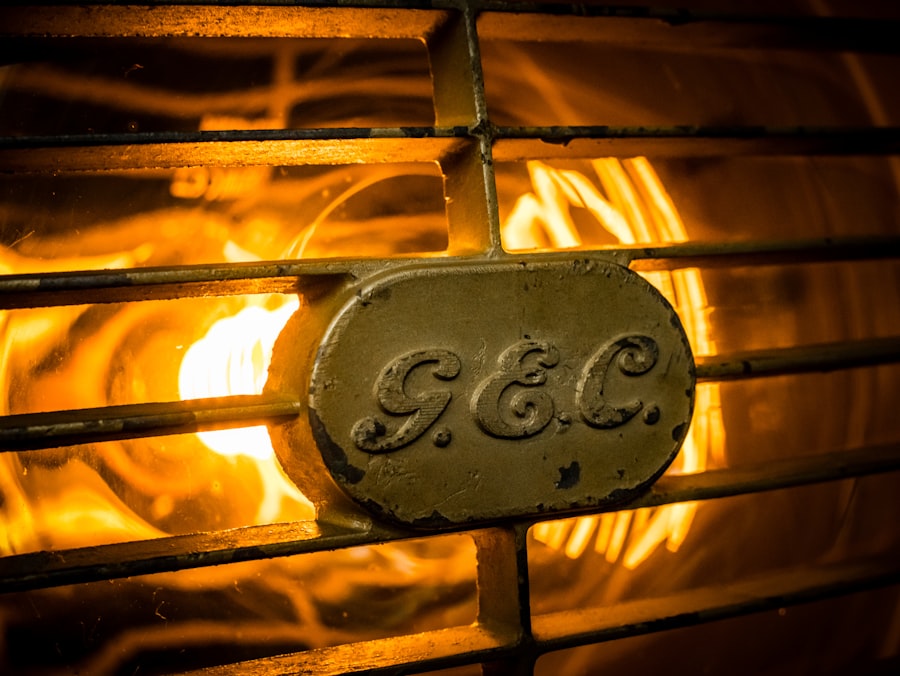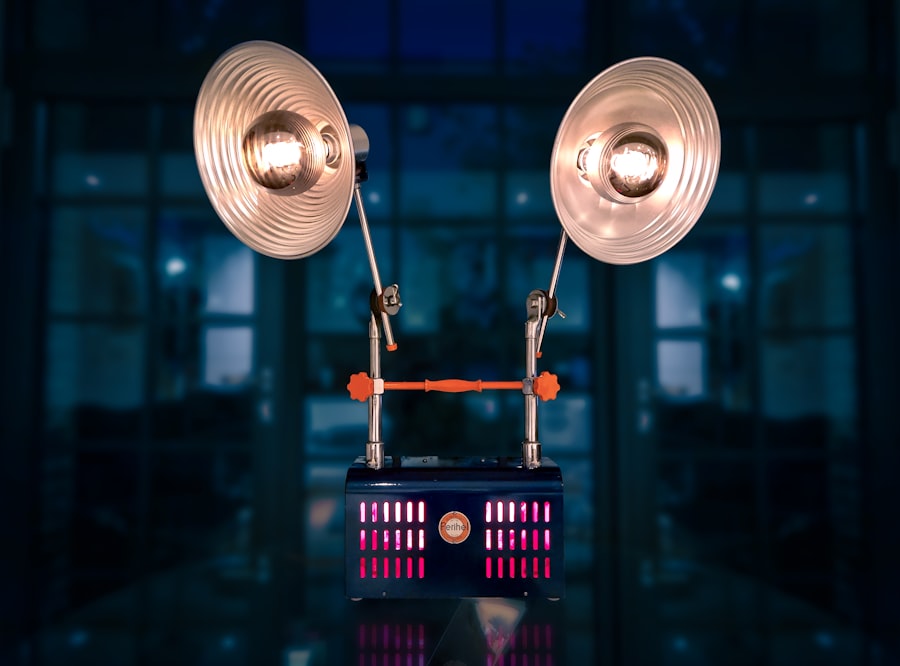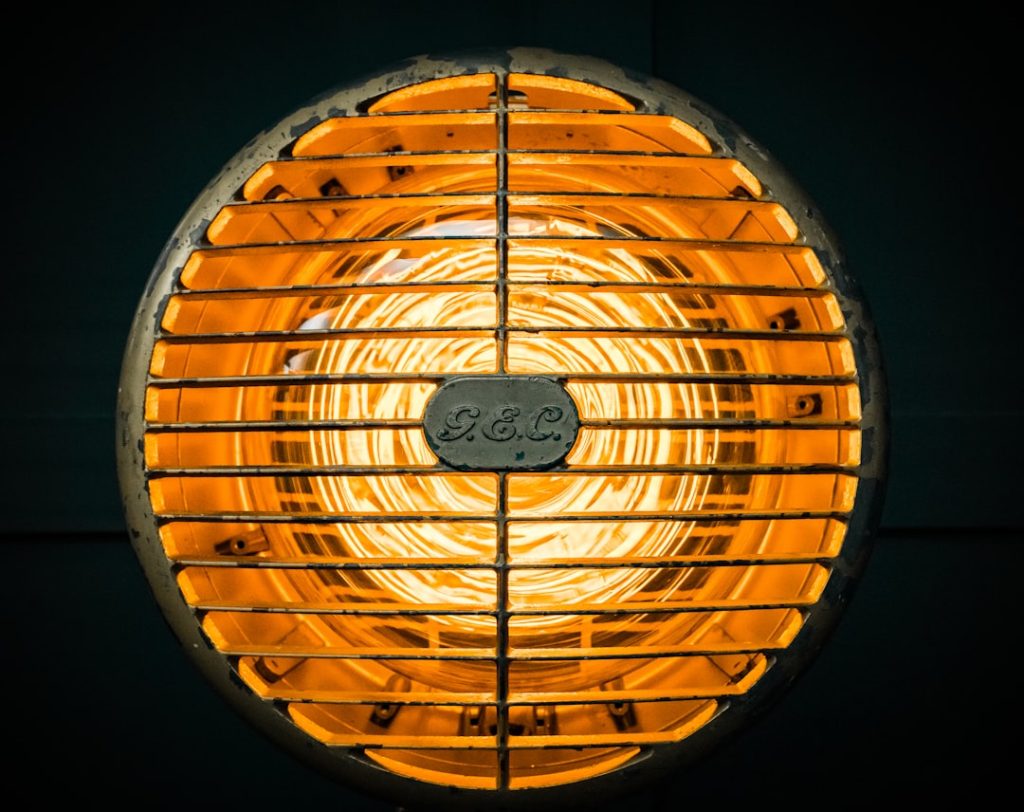Feathers are a crucial part of a chicken’s anatomy, serving multiple purposes beyond just flight. They play a significant role in regulating body temperature, especially during the colder months. A chicken’s feathers are made up of a central shaft with smaller branches called barbs that extend from either side.
These barbs have even smaller branches called barbules, which interlock to form a tight, insulating layer. This structure creates a barrier that traps warm air close to the chicken’s body, providing natural insulation against the cold. Additionally, chickens have different types of feathers, each serving a specific purpose.
Down feathers, for example, are soft and fluffy and are located close to the bird’s body. They provide excellent insulation and help to keep the chicken warm. Contour feathers, on the other hand, are stiffer and more streamlined, providing protection and structure to the bird’s body.
Understanding the anatomy of a chicken’s feathers is essential for providing proper care and ensuring their well-being during the winter months. Feathers also play a crucial role in waterproofing. The outermost layer of feathers, known as the covert feathers, repels water and helps to keep the bird dry.
This is particularly important during the winter when wet feathers can lead to hypothermia. By understanding the anatomy of a chicken’s feathers and their various functions, poultry keepers can take appropriate measures to ensure their flock stays warm and healthy during the colder months.
Table of Contents
- 1 How chickens huddle together for warmth
- 2 The role of body fat in keeping chickens warm
- 3 The importance of providing a draft-free coop
- 4 Using heat lamps and other supplemental heating methods
- 5 The benefits of insulating the chicken coop
- 6 Tips for keeping water from freezing in the winter
- 7 FAQs
- 7.1 What are some natural ways chickens keep warm in the winter?
- 7.2 Do chickens need additional heat sources in the winter?
- 7.3 What should be provided in the coop to help chickens stay warm in the winter?
- 7.4 Are there any specific breeds of chickens that are better suited for cold weather?
- 7.5 What are some signs that chickens may be too cold in the winter?
Key Takeaways
- Chicken feathers are made up of a central shaft with barbs that interlock to form a strong and flexible structure.
- Chickens huddle together in a tight group to conserve body heat and stay warm during cold weather.
- Body fat plays a crucial role in keeping chickens warm by providing insulation and energy for heat production.
- Providing a draft-free coop is essential for keeping chickens warm and preventing cold-related health issues.
- Heat lamps and other supplemental heating methods can be used to provide additional warmth in the chicken coop during extreme cold weather.
- Insulating the chicken coop can help maintain a comfortable temperature and reduce the need for excessive heating.
- To prevent water from freezing in the winter, consider using heated waterers or adding insulation around the water source.
How chickens huddle together for warmth
Conserving Energy and Regulating Body Temperature
By huddling together, chickens can conserve energy and maintain their body temperature more effectively. Huddling also allows chickens to share body heat and regulate their temperature as a group. The birds on the outer edges of the huddle benefit from the warmth generated by those in the center, creating a communal effort to stay warm.
This behavior is not only beneficial for maintaining body temperature but also fosters a sense of security and social bonding among the flock. As a poultry keeper, it’s essential to observe and understand this natural behavior in chickens and provide them with adequate space to huddle together comfortably.
Providing a Comfortable Environment
Ensuring that the coop is spacious enough for all birds to gather and huddle together is crucial for their well-being during the winter months. Additionally, providing ample bedding and insulation can further support this natural behavior and help chickens stay warm and healthy.
The role of body fat in keeping chickens warm

Body fat plays a crucial role in keeping chickens warm during the winter months. Chickens naturally accumulate body fat as a reserve for times when food may be scarce or during periods of increased energy expenditure, such as cold weather. This layer of fat acts as insulation, helping to regulate body temperature and maintain warmth.
The fat layer under a chicken’s skin provides an additional barrier against the cold by reducing heat loss from the body. As temperatures drop, chickens rely on this stored fat to generate energy and maintain their metabolic functions. It’s important for poultry keepers to ensure that their flock has access to a balanced diet throughout the year, including the winter months, to support the accumulation of body fat and overall health.
In addition to providing a balanced diet, allowing chickens access to forage and scratch in the winter can help them maintain their body fat reserves. Foraging provides opportunities for exercise and helps chickens stay active, which can contribute to maintaining a healthy body weight and adequate fat reserves. Understanding the role of body fat in keeping chickens warm underscores the importance of proper nutrition and care during the winter season.
The importance of providing a draft-free coop
Providing a draft-free coop is essential for keeping chickens warm during the winter months. Drafts can significantly impact a chicken’s ability to maintain its body temperature, leading to stress and increased energy expenditure. Drafts occur when cold air enters the coop through small openings or gaps in the structure, creating an uncomfortable environment for the birds.
To prevent drafts, it’s crucial to inspect the coop for any potential entry points for cold air. This includes checking for gaps in windows, doors, vents, and walls that could allow drafts to enter. Sealing these openings with weather-stripping or caulking can help create a more insulated and draft-free environment for the chickens.
Proper ventilation is still important to prevent moisture buildup and ammonia accumulation in the coop, but it’s essential to strike a balance between ventilation and draft prevention. Installing adjustable vents or windows can help regulate airflow while minimizing drafts. By providing a draft-free coop, poultry keepers can create a more comfortable and thermally stable environment for their flock during the winter months.
Using heat lamps and other supplemental heating methods
In some cases, supplemental heating methods such as heat lamps can be used to provide additional warmth for chickens during extreme cold spells. Heat lamps are designed to emit radiant heat, creating a localized source of warmth within the coop. When using heat lamps, it’s crucial to position them safely away from flammable materials such as bedding or feathers to prevent fire hazards.
Another supplemental heating method is heated perches, which provide warmth directly to the birds’ feet while roosting. These perches are equipped with built-in heating elements that help prevent frostbite and keep chickens comfortable during cold nights. Additionally, heated waterers can ensure that chickens have access to unfrozen water, supporting their overall well-being during the winter months.
It’s important to use supplemental heating methods with caution and only when necessary, as excessive heat can be detrimental to chickens’ health. Monitoring temperature levels within the coop and observing the birds’ behavior can help determine if supplemental heating is needed. Providing a balanced approach to supplemental heating methods can help ensure that chickens stay warm and healthy without compromising their natural ability to acclimate to colder temperatures.
The benefits of insulating the chicken coop

Temperature Regulation and Energy Efficiency
Insulating the chicken coop provides numerous benefits for maintaining a comfortable environment for chickens during the winter months. Insulation helps regulate temperature by reducing heat loss from the coop and minimizing exposure to cold outdoor temperatures. This can lead to lower energy expenditure for the birds and contribute to overall well-being.
Moisture Control and Air Quality
Insulation also helps prevent moisture buildup within the coop, which can lead to damp bedding and increased risk of respiratory issues for the birds. By creating a more thermally stable environment, insulation supports better air quality and reduces the likelihood of cold-related health problems in chickens.
Choosing the Right Insulation Materials and Techniques
There are various insulation materials that can be used in coops, including fiberglass, foam board, or reflective insulation. It’s important to insulate walls, ceilings, and floors to create a comprehensive barrier against cold temperatures. Additionally, ensuring that doors and windows are properly insulated can further contribute to maintaining a comfortable environment for the flock.
Tips for keeping water from freezing in the winter
Keeping water from freezing is essential for ensuring that chickens have access to hydration during the winter months. One effective method is using heated waterers specifically designed for cold weather conditions. These waterers are equipped with built-in heating elements that prevent water from freezing, ensuring that chickens have access to unfrozen water at all times.
Another tip is to use insulated waterers or place regular waterers inside insulated containers such as coolers or buckets filled with insulating materials like straw or foam. This helps retain some of the water’s heat and slows down freezing in cold temperatures. Additionally, regularly checking waterers throughout the day and breaking up any ice that forms can help ensure that chickens have access to water.
Providing warm water multiple times a day can also help prevent dehydration during freezing temperatures. In conclusion, understanding the anatomy of a chicken’s feathers, their natural behaviors for warmth, and implementing proper care practices such as providing a draft-free coop, supplemental heating methods, insulation, and preventing water from freezing are all essential for keeping chickens warm and healthy during the winter months. By taking these measures, poultry keepers can ensure that their flock remains comfortable and well-cared for even in cold weather conditions.
If you’re looking for ways to keep your chickens warm in the winter, you may want to consider investing in a heater for your chicken coop. According to a helpful article on Poultry Wizard, a heater can provide the necessary warmth to keep your chickens comfortable during the colder months. Check out their article on heater options for a chicken coop for more information on how to keep your feathered friends cozy.
FAQs
What are some natural ways chickens keep warm in the winter?
Chickens have several natural ways to keep warm in the winter. They fluff up their feathers to create an insulating layer of air, huddle together for warmth, and roost off the ground to avoid cold drafts.
Do chickens need additional heat sources in the winter?
In most cases, chickens do not need additional heat sources in the winter. Their natural methods of keeping warm, such as fluffing up their feathers and huddling together, are usually sufficient to keep them comfortable in cold temperatures.
What should be provided in the coop to help chickens stay warm in the winter?
To help chickens stay warm in the winter, it’s important to provide a well-insulated coop with good ventilation to prevent moisture buildup. Adding extra bedding, such as straw or wood shavings, can also help provide insulation and warmth.
Are there any specific breeds of chickens that are better suited for cold weather?
Some chicken breeds are better suited for cold weather than others. Breeds such as the Plymouth Rock, Orpington, and Wyandotte are known for their cold-hardy characteristics and ability to withstand winter temperatures.
What are some signs that chickens may be too cold in the winter?
Signs that chickens may be too cold in the winter include huddling together excessively, shivering, and a decrease in egg production. It’s important to monitor chickens for these signs and make adjustments to their environment if necessary.
Meet Walter, the feathered-friend fanatic of Florida! Nestled in the sunshine state, Walter struts through life with his feathered companions, clucking his way to happiness. With a coop that’s fancier than a five-star hotel, he’s the Don Juan of the chicken world. When he’s not teaching his hens to do the cha-cha, you’ll find him in a heated debate with his prized rooster, Sir Clucks-a-Lot. Walter’s poultry passion is no yolk; he’s the sunny-side-up guy you never knew you needed in your flock of friends!







